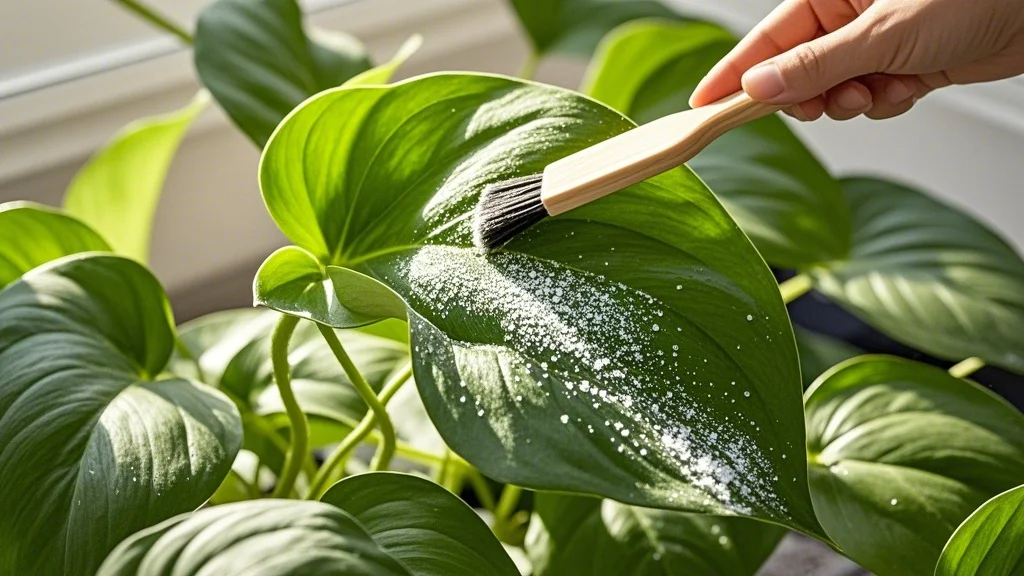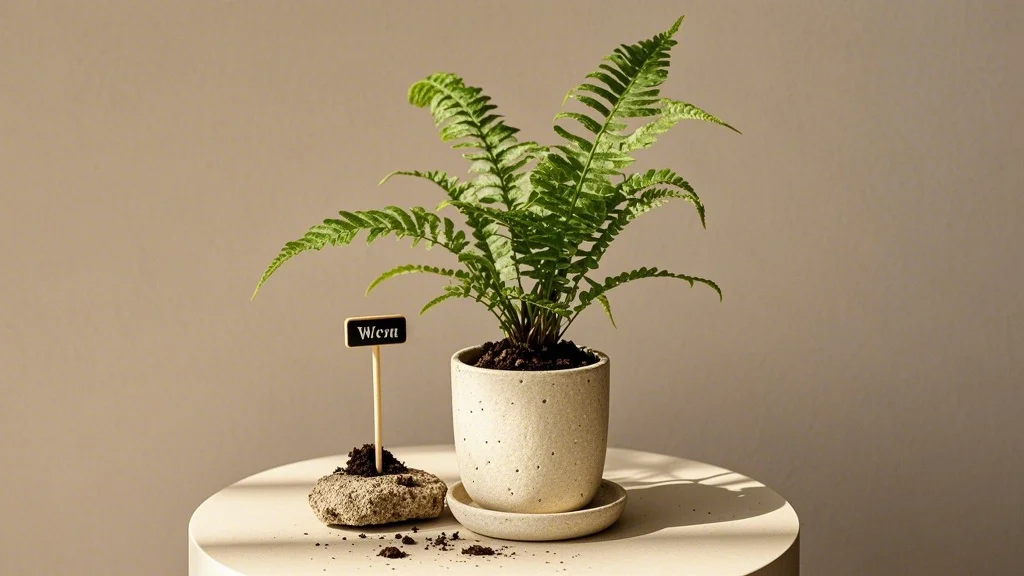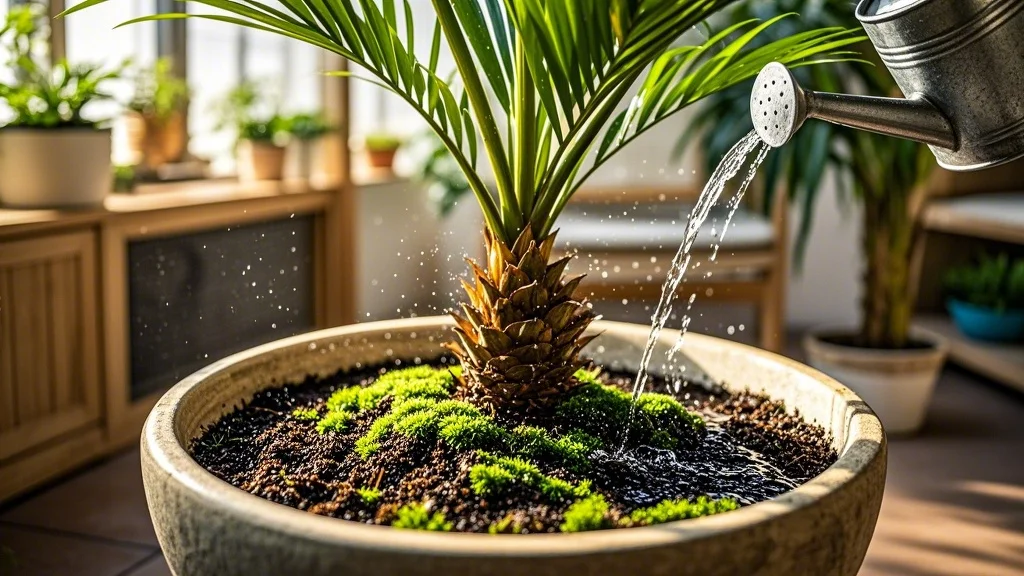In our quest for better sleep and healthier living spaces, we often overlook a simple yet effective solution: plants. Certain plants not only add a touch of nature to our bedrooms but also work tirelessly through the night to purify the air we breathe. This article explores the best bedroom plants that can enhance air quality and potentially improve your sleep.
Contents
- 1 Why Plants in the Bedroom?
- 2 Top Air-Purifying Plants for Bedrooms
- 2.1 1. Snake Plant (Sansevieria trifasciata)
- 2.2 2. Peace Lily (Spathiphyllum)
- 2.3 3. Spider Plant (Chlorophytum comosum)
- 2.4 4. Aloe Vera
- 2.5 5. Lavender
- 2.6 6. Boston Fern (Nephrolepis exaltata)
- 2.7 7. Bamboo Palm (Chamaedorea seifrizii)
- 2.8 8. Golden Pothos (Epipremnum aureum)
- 2.9 9. Rubber Plant (Ficus elastica)
- 2.10 10. English Ivy (Hedera helix)
- 3 Tips for Maximizing Air-Purifying Benefits
- 4 Potential Considerations
- 5 Conclusion
Why Plants in the Bedroom?
Before diving into specific plant recommendations, let’s understand why having plants in your bedroom can be beneficial:
- Air Purification: Plants naturally filter out common indoor air pollutants.
- Increased Oxygen: Some plants continue to release oxygen at night, potentially improving sleep quality.
- Humidity Regulation: Plants can help maintain optimal humidity levels, preventing dry air issues.
- Stress Reduction: The presence of greenery can have a calming effect, promoting relaxation.
Top Air-Purifying Plants for Bedrooms

1. Snake Plant (Sansevieria trifasciata)
The snake plant, also known as mother-in-law’s tongue, is a hardy succulent that’s perfect for bedrooms.
Benefits:
- Filters formaldehyde, xylene, and toluene
- Releases oxygen at night
- Low maintenance and drought-resistant
Care Tips:
- Water sparingly, allowing soil to dry between waterings
- Thrives in low to bright indirect light
- Tolerates a wide range of temperatures
2. Peace Lily (Spathiphyllum)
With its elegant white flowers, the peace lily is both beautiful and functional.
Benefits:
- Removes benzene, formaldehyde, and trichloroethylene
- Increases room humidity, which can help with dry air issues
- Known to reduce airborne microbes
Care Tips:
- Keep soil consistently moist but not waterlogged
- Prefers low to medium indirect light
- Ideal temperature range: 65-80°F (18-27°C)
3. Spider Plant (Chlorophytum comosum)
The spider plant is a classic choice for indoor air purification.
Benefits:
- Effective at removing formaldehyde and xylene
- Safe for pets and children
- Propagates easily, allowing you to spread clean air throughout your home
Care Tips:
- Water when the top inch of soil feels dry
- Thrives in bright, indirect light
- Prefers cooler temperatures: 55-65°F (13-18°C)
4. Aloe Vera
Beyond its well-known skincare benefits, aloe vera is an excellent air-purifying plant.
Benefits:
- Filters out formaldehyde and benzene
- Releases oxygen at night
- Has medicinal properties for minor burns and skin irritations
Care Tips:
- Allow soil to dry completely between waterings
- Requires bright, indirect sunlight
- Prefers warm temperatures: 55-80°F (13-27°C)
5. Lavender
While not typically known for air purification, lavender offers unique benefits for the bedroom.
Benefits:
- Natural air freshener with a calming scent
- May improve sleep quality and reduce anxiety
- Repels moths and other insects
Care Tips:
- Water deeply but infrequently
- Requires full sun, at least 6 hours daily
- Prefers warm temperatures and good air circulation
6. Boston Fern (Nephrolepis exaltata)
The lush fronds of the Boston fern make it an attractive and effective air purifier.
Benefits:
- Removes formaldehyde and xylene
- Acts as a natural humidifier
- Creates a tropical, relaxing atmosphere
Care Tips:
- Keep soil consistently moist
- Prefers high humidity and indirect light
- Ideal temperature range: 60-75°F (16-24°C)
7. Bamboo Palm (Chamaedorea seifrizii)
Also known as the reed palm, this plant is excellent for larger bedrooms.
Benefits:
- Filters formaldehyde, benzene, and trichloroethylene
- Effective humidifier
- Can grow quite tall, making a striking bedroom feature
Care Tips:
- Water when the top inch of soil is dry
- Thrives in bright, indirect light
- Prefers temperatures between 65-80°F (18-27°C)
8. Golden Pothos (Epipremnum aureum)
The golden pothos is a hardy vine that’s perfect for beginners.
Benefits:
- Removes formaldehyde, xylene, and benzene
- Tolerates low light conditions
- Easy to grow and propagate
Care Tips:
- Allow soil to dry between waterings
- Adapts to various light conditions, from low to bright indirect light
- Grows well in normal room temperatures
9. Rubber Plant (Ficus elastica)
For those with larger bedrooms, the rubber plant can be an impressive air purifier.
Benefits:
- Effective at removing formaldehyde
- Releases oxygen at night
- Can grow into a striking, tree-like plant
Care Tips:
- Water when the top inch of soil is dry
- Prefers bright, indirect light
- Ideal temperature range: 60-75°F (16-24°C)
10. English Ivy (Hedera helix)
NASA’s clean air study found English ivy to be one of the best air-purifying plants.
Benefits:
- Removes formaldehyde, benzene, and trichloroethylene
- May help reduce mold in the air
- Can be grown as a hanging plant, saving floor space
Care Tips:
- Keep soil slightly moist
- Prefers bright, indirect light
- Thrives in cooler temperatures: 50-70°F (10-21°C)
Tips for Maximizing Air-Purifying Benefits

- Proper Placement: Position plants away from drafts and direct sunlight unless required.
- Adequate Spacing: Allow enough space between plants for air circulation.
- Regular Cleaning: Dust plant leaves regularly to maintain their air-purifying efficiency.
- Right Size: Choose plants appropriate for your room size. Larger rooms may benefit from multiple plants.
- Balanced Humidity: While plants can increase humidity, use a hygrometer to ensure levels stay between 30-50%.
- Proper Care: Healthy plants are more effective at purifying air. Follow care instructions for each species.
- Rotation: Periodically rotate plants to ensure even growth and maximize exposure to air.
Potential Considerations
While plants offer numerous benefits, consider the following:
- Allergies: Some individuals may be sensitive to certain plants. Choose hypoallergenic options if needed.
- Pet Safety: Ensure chosen plants are non-toxic if you have pets.
- Maintenance: Consider your lifestyle and choose plants that match your ability to care for them.
- Pests: Indoor plants can occasionally attract pests. Regular inspection and proper care can prevent infestations.
Conclusion
Incorporating air-purifying plants into your bedroom can significantly improve air quality and potentially enhance your sleep environment. From the low-maintenance snake plant to the sleep-inducing lavender, there’s a perfect plant for every bedroom and lifestyle. By choosing the right plants and providing proper care, you can create a cleaner, more relaxing sleep sanctuary. Remember, while plants can greatly improve air quality, they should complement, not replace, other air purification methods and good ventilation practices. Sweet dreams and happy planting!








